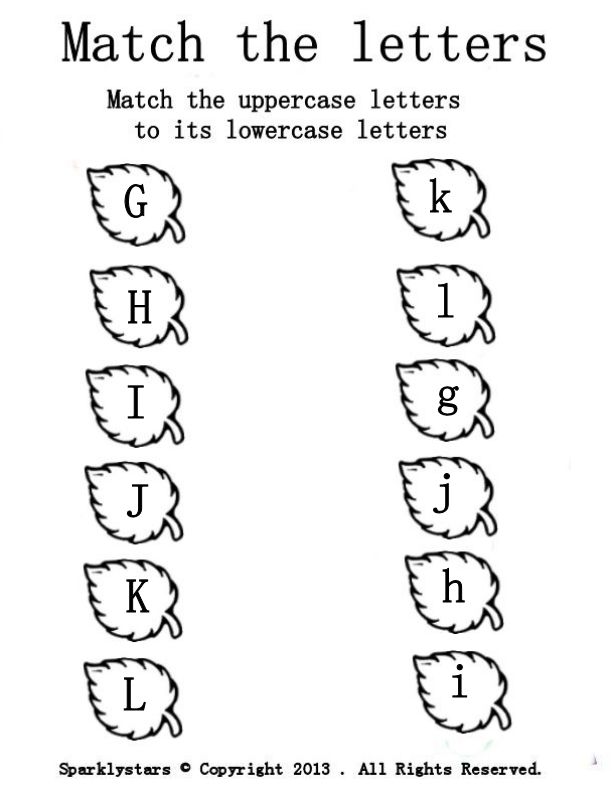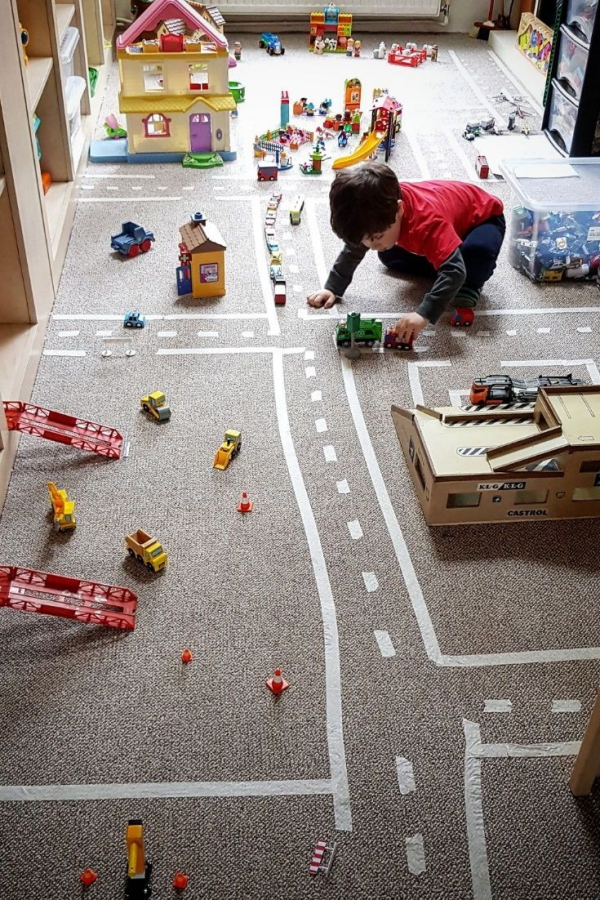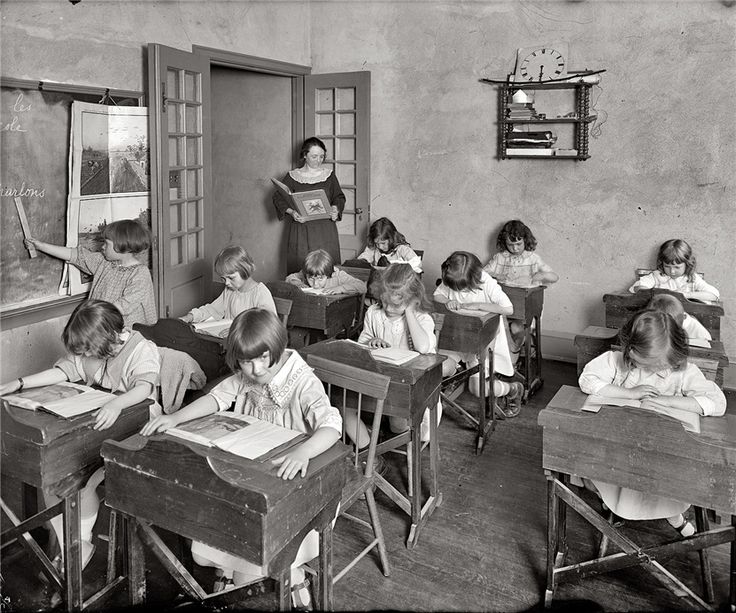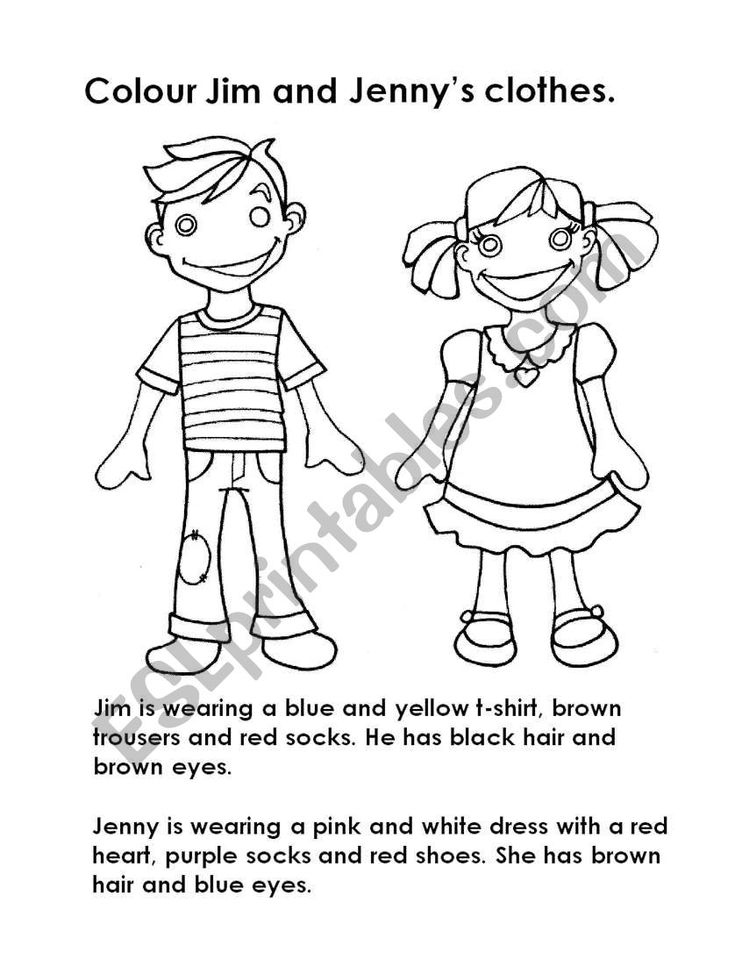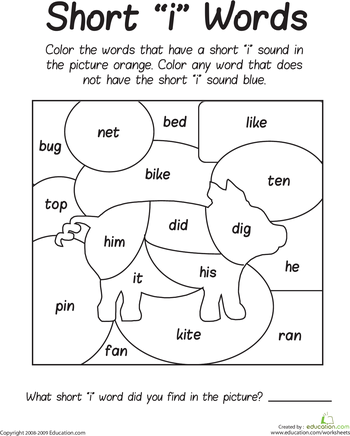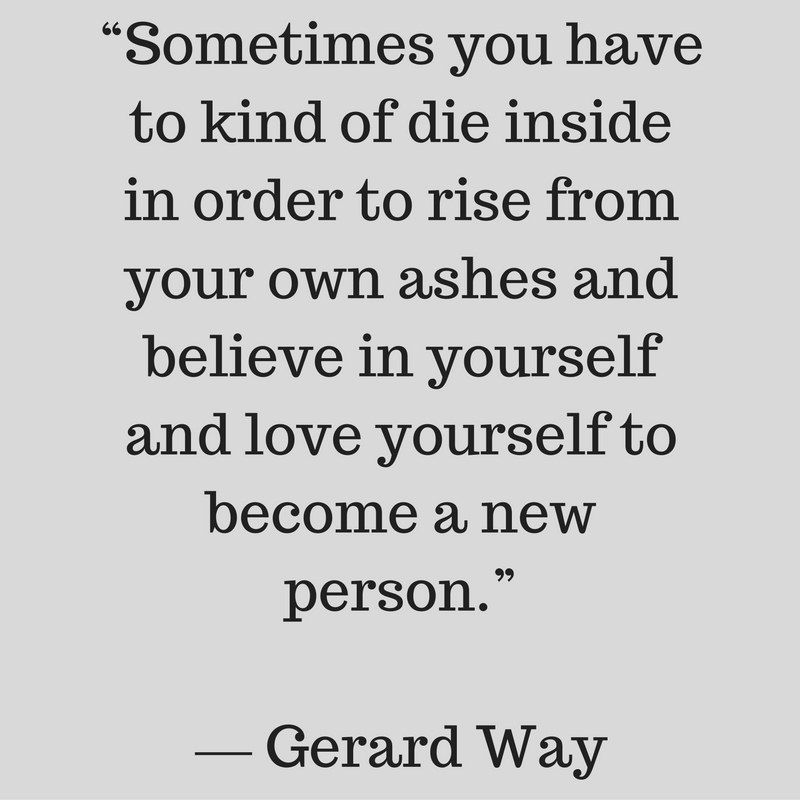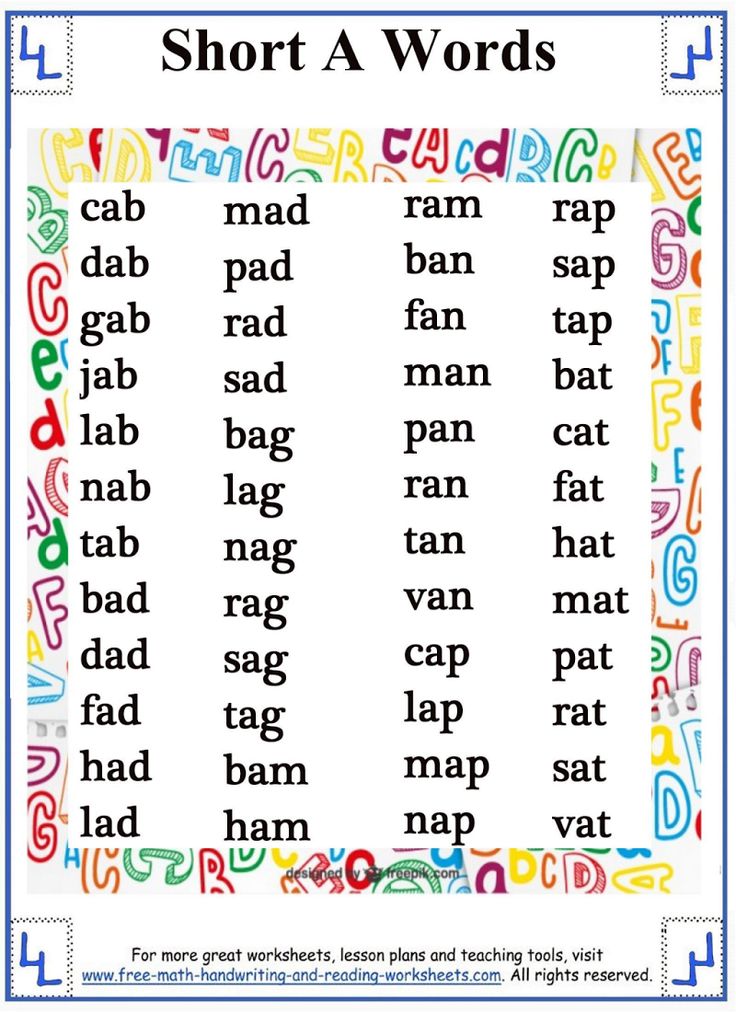Beginner reading worksheets
Early Literacy
Alphabet Worksheets
Students will trace, color, and write letters on these alphabet worksheets.
Mini-Books
Assemble and read these simple mini-books for very young readers.
Poems and Poetry
Looking for cute poems to share with your class? We have lots!
Printing Letters
Trace and print each letter of the alphabet. We have worksheets with upper and lowercase letters.
Phonics Worksheets
We have a page of worksheets for each consonant and vowel sound, as well as blends and digraphs.
Phonics: Consonant Blends
This page will link to you hundreds of phonics worksheets for teaching consonant blends.
Phonics: Vowel Sounds
Practice reading and recognizing words with long and short vowel sounds.
Phonics Word Wheels
Assemble the word wheels. Then kids can read the word family words aloud as you spin the wheels.
Rhyming Worksheets
Learn about rhyming words with these activities.
Sentences (Basic Building Sentences)
With these cut-and-glue activities, young children can build very simple sentences.
Sentences (Basic Writing)
Write basic sentences with simple, repeated beginnings. Easy writing activities for Kindergarten and first graders.
Sight Word Units
We have an entire curriculum of 30 sight word units. Each unit has a take-home list, practice worksheets, reading practice tools, and assessment sheets. We recommend doing one unit per week.
Sight Words (Individual Words)
Here you'll find a list of over 150 sight words. Each word has a several worksheets. (For example, you'll find several worksheets for teaching students to read and write the word that.)
(For example, you'll find several worksheets for teaching students to read and write the word that.)
Sight Words (Dolch Words)
Use these flashcards, bingo games, checklists, and worksheets to help your students master all 220 Dolch sight words.
Sight Words (Fry Words)
We have word wheels, games, and worksheets to help your kids master the Fry Instant Sight Words.
Word Family Units
This page contains a collection of word families units. Includes -an words, -am words, -ear words, -ack words, -ail words, and dozens more. Each unit contains worksheets, word wheels, flashcards, and sliders.
See Also:
First Grade Reading Comprehension
We have simple reading comprehension passages with questions for first graders.
First Grade Spelling
We have a full first grade spelling curriculum, complete with printable word lists, worksheets, and test forms.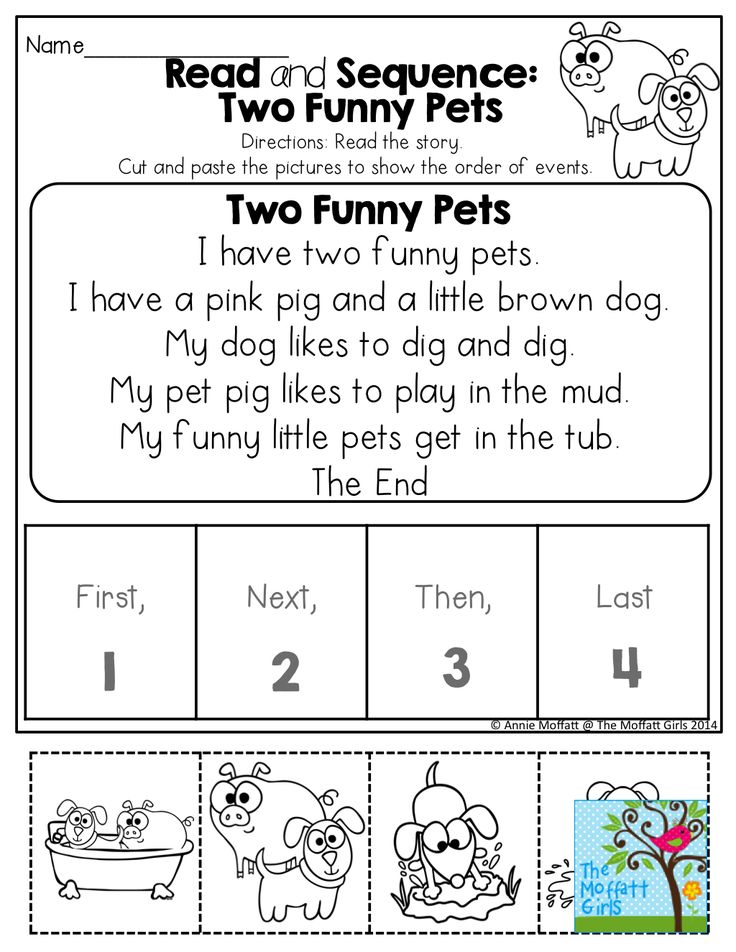
Kindergarten Worksheets
We have hundreds of worksheets and printable activities for Kindergarten and Pre-Kindergarten students. Browse the entire collection.
Theme Printables
Themes include farm worksheets, zoo animal printables, sea life activities, and apple worksheets.
Browse Printable 1st Grade Reading Worksheets
Entire LibraryPrintable WorksheetsGamesGuided LessonsLesson PlansHands-on ActivitiesInteractive StoriesOnline ExercisesPrintable WorkbooksScience ProjectsSong Videos
446 filtered results
446 filtered results
1st grade
Reading
Sort byPopularityMost RecentTitleRelevance
-
Filter Results
- clear all filters
By Grade
- Preschool
- Kindergarten
1st grade
- 2nd grade
- 3rd grade
- 4th grade
- 5th grade
- 6th grade
- 7th grade
- 8th grade
By Subject
- Fine arts
- Foreign language
- Math
Reading & Writing
Reading
- Early Literacy
- Alphabet
- Reading Comprehension Strategies
- Reading Genres and Types
- Writing
- Grammar
- Science
- Social emotional
- Social studies
- Typing
By Topic
- Arts & crafts
- Coloring
- Holidays
- Offline games
- Pop Culture & Events
- Seasonal
- Teacher Resources
By Standard
- Common Core
Search Printable 1st Grade Reading Worksheets
Our first grade reading worksheets help young readers work on essential early reading skills.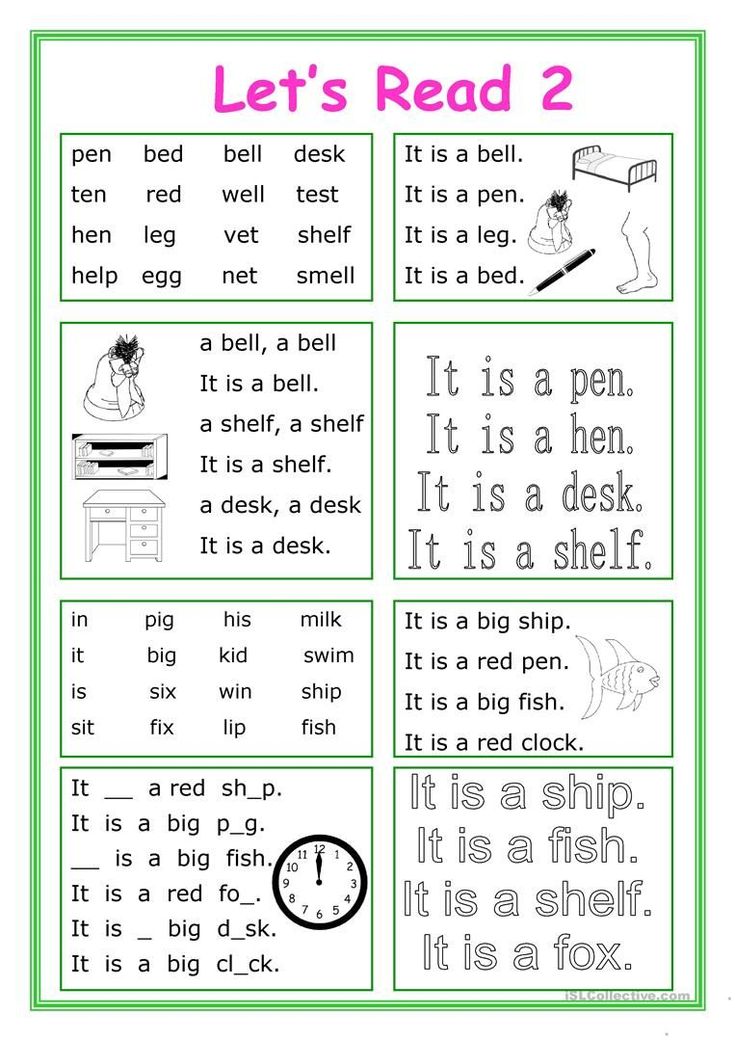 These printable reading worksheets allow kids to build their vocabulary, read short narratives, practice reading comprehension, and more. From bingo to word matching to flashcards, we have multiple ways to make learning to read fun. You can also check out our first grade writing worksheets for more practice.
These printable reading worksheets allow kids to build their vocabulary, read short narratives, practice reading comprehension, and more. From bingo to word matching to flashcards, we have multiple ways to make learning to read fun. You can also check out our first grade writing worksheets for more practice.
Tips for Teaching First Grade Reading
First grade reading is an important phase in your child's literacy development. Not only does it build upon the phonics skills introduced in kindergarten, but it prepares children for chapter books in second grade. For more support with phonics, check out our phonics worksheets. By the end of first grade, early readers should be able to:
- Interpret illustrations in order to make meaning about a text.
- Decode unknown words.
- Determine cause and effect within various texts.
- Question the author's meaning.
- Predict what they think will happen next in a story.
- Know what types of books they love the best!
Read online "Workbook-trainer for beginner poets", Natalia Stenina - Litres
© Natalia Stenina, 2022
ISBN 978-5-0056-3322-4
Created in the intellectual publishing system Ridero
for beginning poets.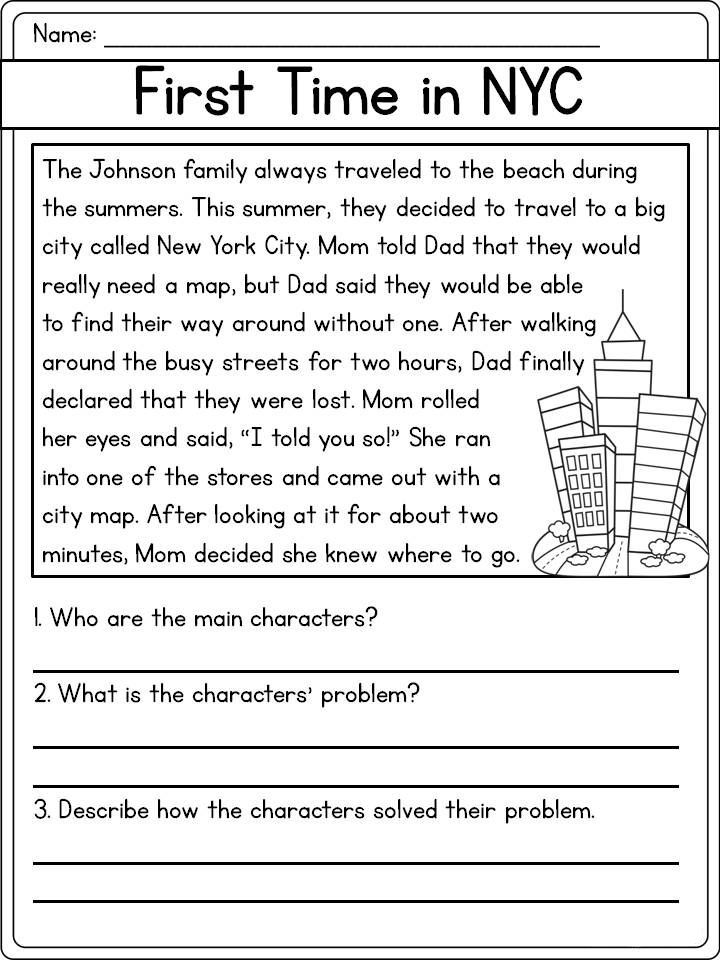
Introduction
My name is Natalia Stenina, I am 40 years old. I am a lawyer. But in 2022, I became a nominee for the national literary award "Poet of the Year".
I wrote my first poem at 9years and did not tell anyone about it. It seemed to me that there was nothing special about it, anyone can write (I still think so). While cleaning, my mother found this poem and, without informing me, read it to her friend. They liked it, and I took it as the shame of my whole life. Despite the fact that the poem was about my grandmother, and not about love, it was such a tactless invasion of my personal space that since then I have closed the doors to poetry for myself for many, many years.
However, significant events in my life provoked in me creative impulses of such power that I simply physically could not restrain them. Then I wrote on napkins, on a piece of paper torn from a notebook and ... threw it away. So that no one catches me in such a shameful occupation as poetry.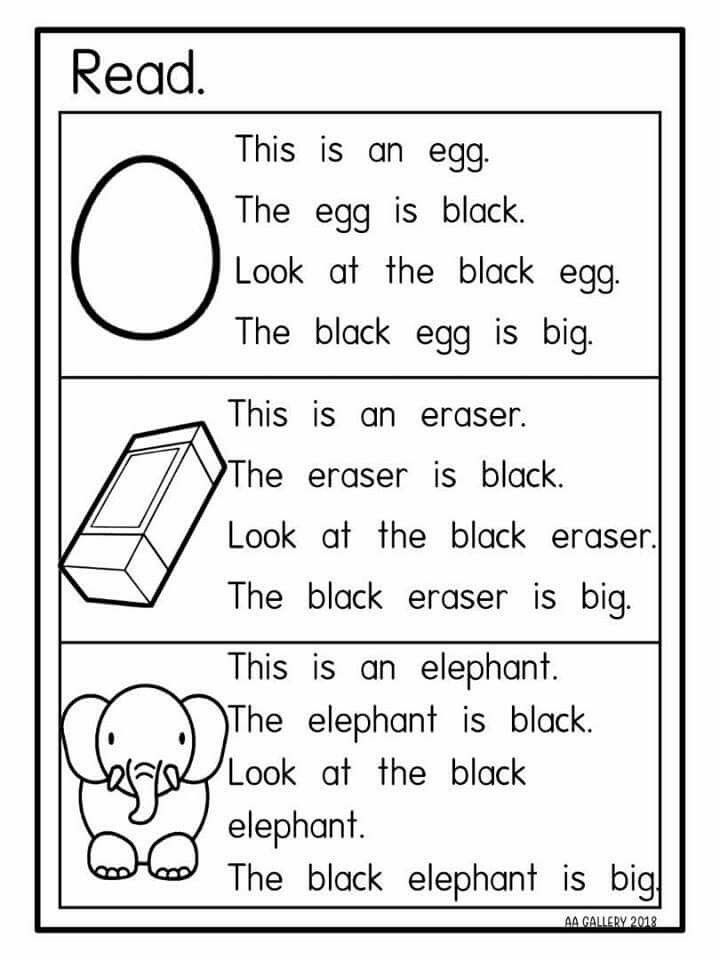
It became easier for me as a student. I lived alone and could afford a whole notebook for my poems. Every time I hid it securely, because my parents visited me. Creative freedom lasted two years, and then I started an affair and, soon, my boyfriend and I began to live together. Once, when I was at the university, he found my notebook. Above the kitchen cabinet. I can't imagine why he went there. But when I returned from school, the notebook was lying on the table.
“What beautiful poetry,” he said.
- Ahh... poems. These are not mine.
- Yes? But whose?
– This is me in the library… sometimes I write out. Well, there… different…
I was ready to fall through the ground. When he left for work, the notebook was destroyed.
I never wanted to be a poetess. I thought it was a shame to write poetry. None of my friends, relatives, fellow students, acquaintances wrote. And that means something is wrong with me. In addition, I had a prejudice that poets are lonely psychopaths and idlers who have chronic unrequited love and money problems.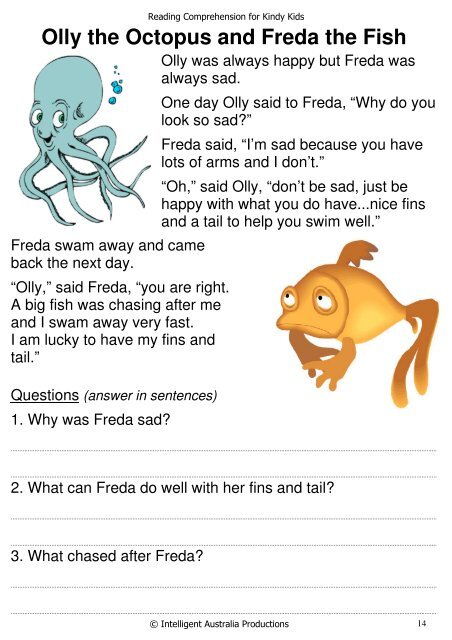 I studied to be a lawyer and I didn’t need a dubious reputation. Poetry was abandoned for another 19years. It just doesn't fit in my head.
I studied to be a lawyer and I didn’t need a dubious reputation. Poetry was abandoned for another 19years. It just doesn't fit in my head.
Life went on as usual. I got married, divorced. Then she got married again, gave birth to a son, became pregnant with the second and lost him for a long time. This grief was the starting point.
I wrote a poem about my youngest son and… read it to my husband. Because this is our common loss, our common pain. I wrote a lot during that period. Lots of personal. It pulled me out of depression, helped me get out of this black painful hole. I shared my poems with my husband, I was no longer ashamed. I did not care.
Once I came across a gospel parable about talents. The expression "bury talent in the ground" is from there. The parable made a very strong impression on me. I realized that the ability to write poetry is a gift from God. Talent. Advantage. This is what makes me different from others. And it was black ingratitude on my part to "bury it in the ground.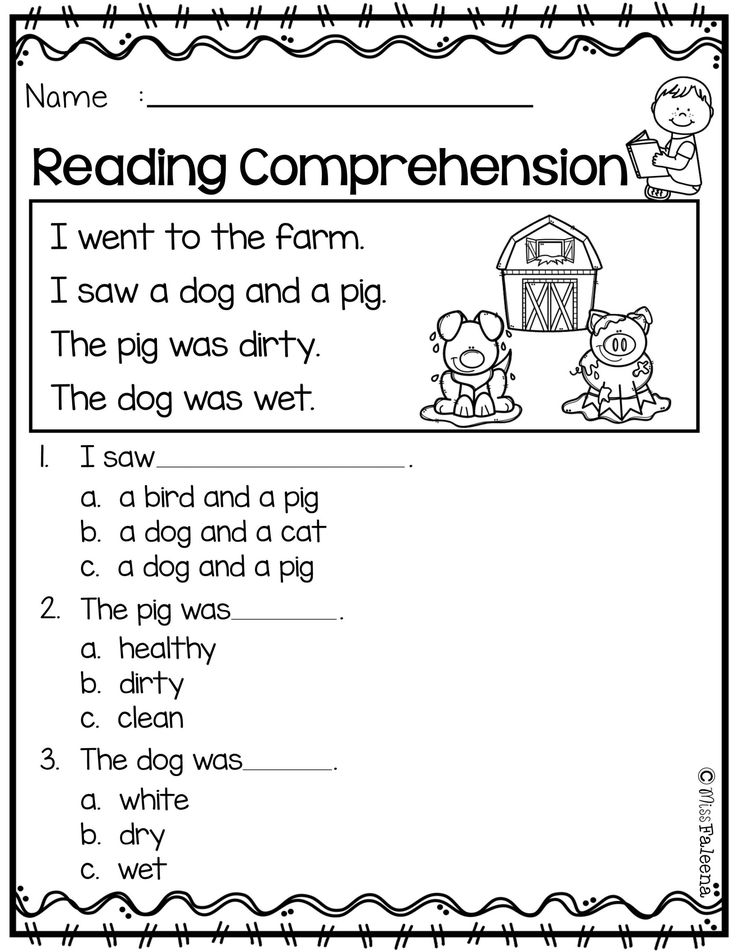 "
"
I didn't hide anymore. I published each new poem on social networks and literary resources. Six months later, I was nominated for the national literary award "Poet of the Year 2022".
I'm sorry for the lost time. Who knows how my creative life would have turned out if not for these decades lost for literature. This is what motivated me to create this guide. I hope it will help you develop and improve your poetry skills.
How to work with
1. Study every day. This will allow you to better assimilate, systematize and apply your knowledge in practice.
2. For your convenience, this workbook is structured from simple to complex, so the tasks should be completed in order of priority.
3. Don't be discouraged if you don't succeed in one or another task. Leave it and come back to it later. Perhaps you have not sufficiently mastered the topic in which this task is located, and you should return to the theoretical part again.
4. Assignments and exercises are recommended to be completed in this Workbook so that they are not lost and stored in one place.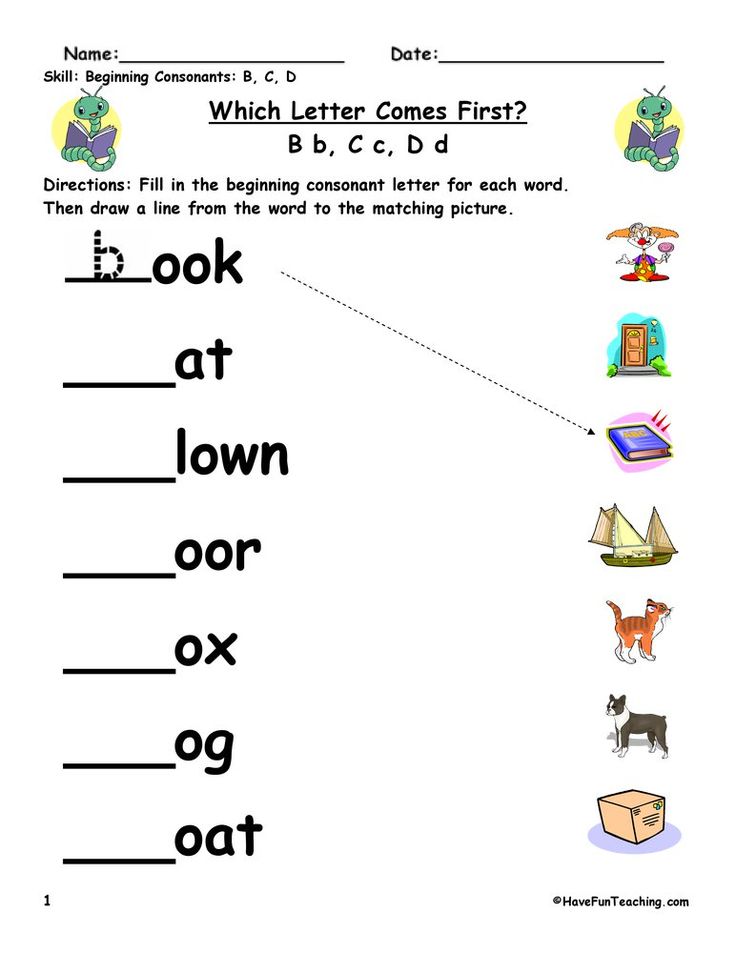 So you can analyze over time how much you have grown professionally. In addition, each poem written by you in the course of completing tasks can be further refined, and it will become a high-quality, full-fledged work. It is possible that one of them will lead you to a literary award.
So you can analyze over time how much you have grown professionally. In addition, each poem written by you in the course of completing tasks can be further refined, and it will become a high-quality, full-fledged work. It is possible that one of them will lead you to a literary award.
I wish you creative success!
Poet's Handbook
While communicating with contemporary poets in various creative communities, I found that many people write purely intuitively, without knowing the basic literary concepts about lyrics. It seemed strange to me, because the knowledge of some poetic techniques can raise the author's skill to a new level. Therefore, this Workbook consists of a theoretical and a practical part.
In the theoretical part you will learn:
- The main criteria for a good poem;
- What kinds of rhymes exist;
- What is meter and how to determine it;
- Types of rhymes with examples;
- Principles of versification and types of poetry;
- Variety of lyrical genres;
- The most common mistakes of beginning poets;
- Advice for beginner poets;
- Where to look for inspiration;
- Where to publish;
- Options for professional development and earnings;
- Information about copyright and publication of the book.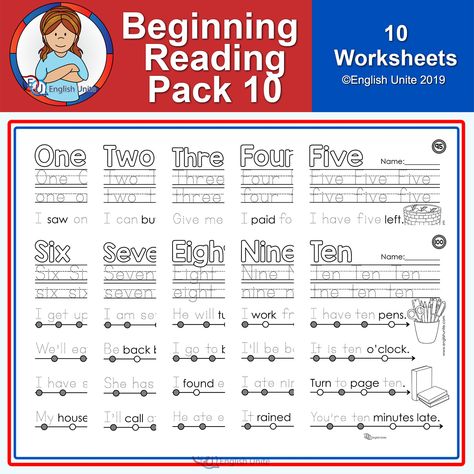
In the practical part of the Workbook, you will have to complete more than 90 different tasks and exercises that will significantly improve your creative skills.
And now is the best time to start.
Chapter 1. Poem
Verse is a line of a poem. Therefore, a lyrical work should be called a poem, not a verse. Not "listen to my new verse", but "listen to my new poem".
Poem is a small work written in rhythmically organized, usually rhyming lines.
Requirements for a poem
*In this chapter, by a poem, I mean a classic poem built on rhyme.
Poetry is not just the ability to rhyme. This is a rhymed, rhythmically sounding thought or story.
Let's consider the basic requirements for a poem :
1. Thought . One of the common mistakes novice poets make is that the work lacks any meaning.
For example:
White birch.
Pink roses.
Frost broke out.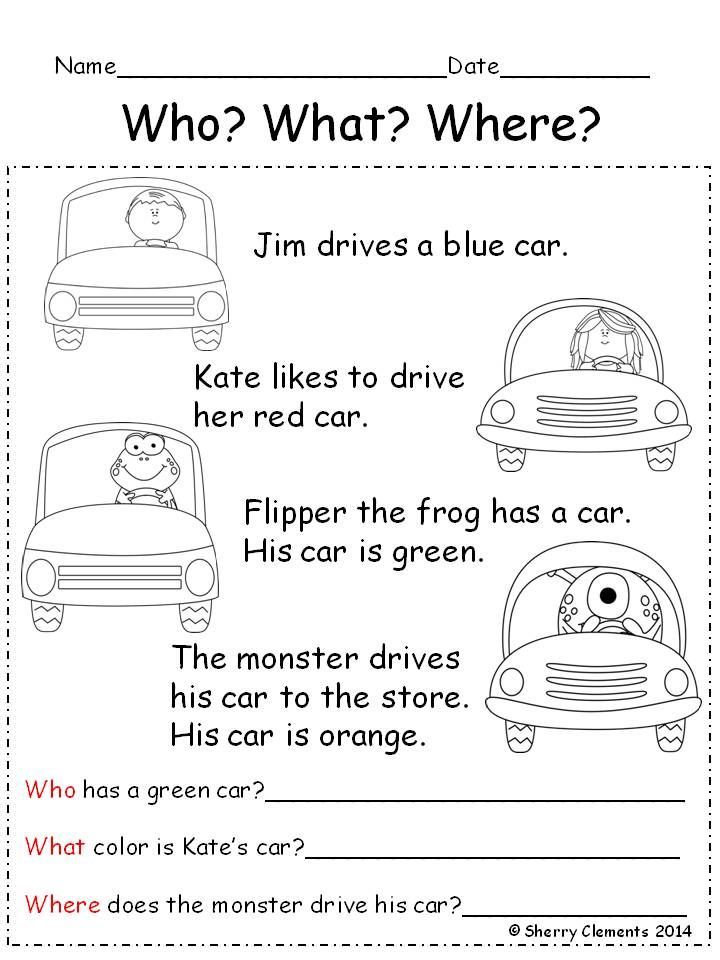
Yellow moon.
Not poetry, but prose.
There will be thunderstorms soon.
Viscose dress.
I want some wine.
(My poem written as an example)
Rhythmically. But an absolutely incoherent, meaningless set of words. What is the main idea? What did the author want to convey to the reader? This is a bad poem.
2. Imagery . When writing a poem, try to use words that will add brightness, color, saturation to the text so that the reader does not have to strain his imagination trying to imagine what you are describing.
For example:
In the snow-white color of the crown of pears.
Emerald scythe twines
Persistent ivy on the side of the terrace.
(My poem "South Yard")
3. Rhythm . When reading a poem, it should sound beautiful, the rhythm should be maintained from beginning to end.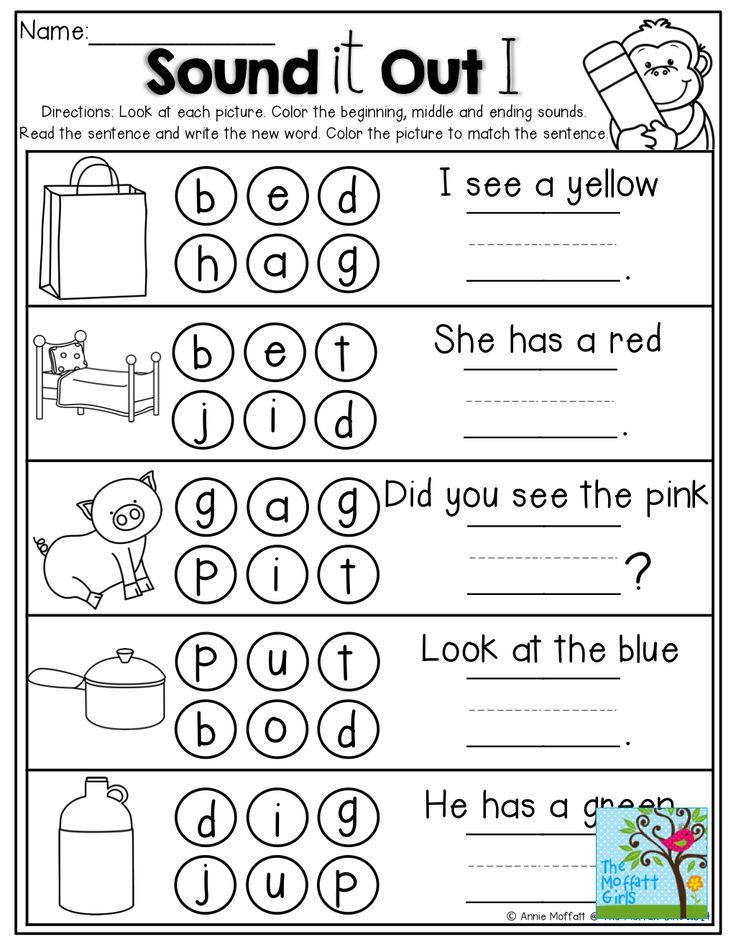 In novice poets, the rhythm often "dances".
In novice poets, the rhythm often "dances".
Task: Try to identify the place where the rhythm breaks.
Our cat sleeps sweetly
In dad's favorite chair.
Moves his paw sleepily.
What is she dreaming about, I wonder?
Jumping sparrow with a short boring song?
A bully boy from next door?
Maybe she is dreaming of a cat with thick beautiful hair,
Who walked with her until morning.
(My poem, written in this way intentionally to show a mistake).
4. Rhyme , that is, the consonance of the ends of poetic lines. This requirement does not apply to blank verse or vers libre (free verse). We will talk more about rhymes in the next chapter, since this is a rather voluminous topic that requires detailed consideration.
If the poem meets the above requirements, then it has every chance of success.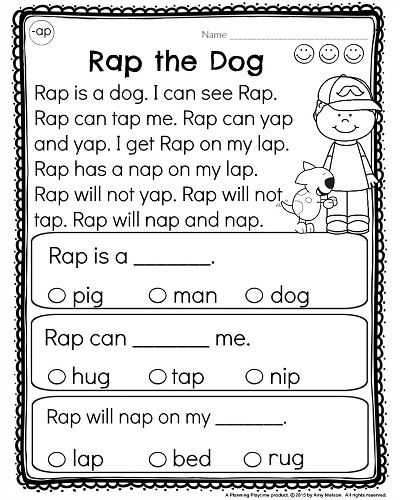 If one of the components is lame, then it is better not to rush and refine it. But remember that you can improve your works indefinitely. Every time I read my poems, I want to correct something. And that's okay. Therefore, it is important to be able to stop in time.
If one of the components is lame, then it is better not to rush and refine it. But remember that you can improve your works indefinitely. Every time I read my poems, I want to correct something. And that's okay. Therefore, it is important to be able to stop in time.
Chapter 2. Types of rhymes
Rhyme is the consonance of the ends of lines of poetry.
For example:
lyub ov - Mork ov
The same stressed vowel and the coincidence of three sounds at the end. This is what rhyme is.
Task: come up with two rhymes for the following words without using the Internet:
0091 identical parts of speech i.e. when two nouns, two adjectives, two adverbs rhyme, etc.
For example:
Roses - frost; dots - kidneys, outline - handwriting.
1.2. Exact rhyme of different parts of speech , that is, when a noun and a verb, a noun and an adverb, etc.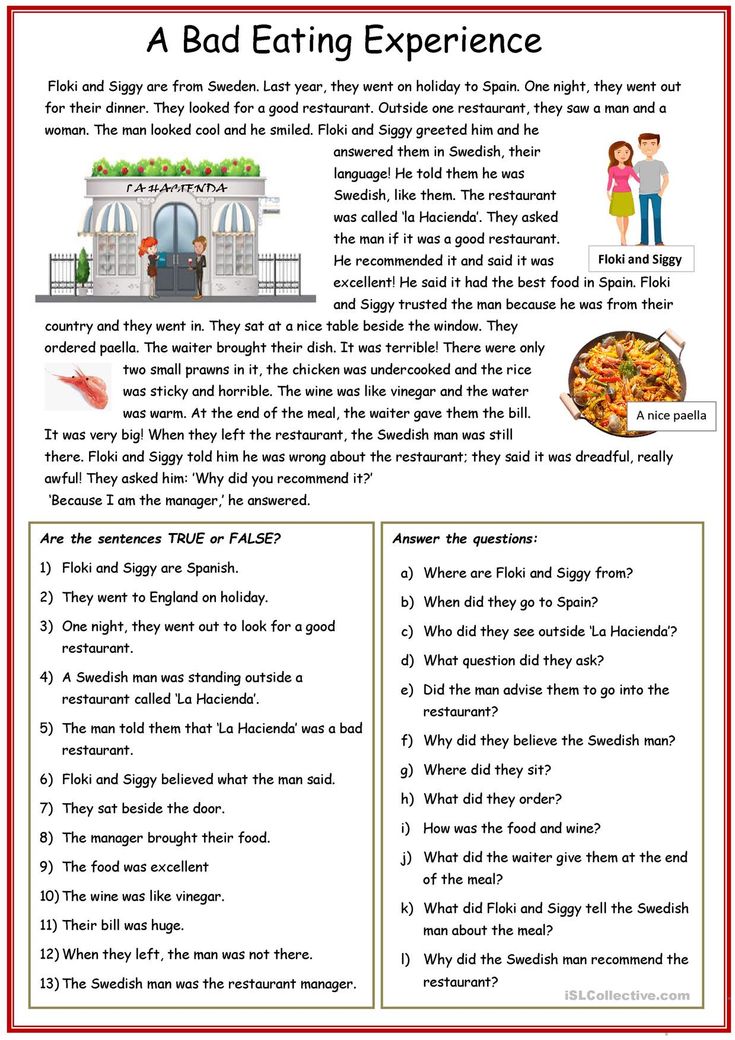 rhyme
rhyme
For example:
Rarely (adverb) – neighbor (noun)
Task: come up with 3 pairs of exact rhymes:
______________________________________________
______________________________________________
______________________________________________
For example:
Despondency - lines; plums - their
Task: come up with 3 pairs of inaccurate rhymes:
______________________________________________
______________________________________________
______________________________________________
3. Assonance (poor) rhyme is a rhyme in which the vowel stressed sound coincides, but consonants do not coincide. partial coincidence of consonant sounds at the end of words.
For example:
For his bride
Korolevich Elisha ,
Meanwhile, he gallops around the world.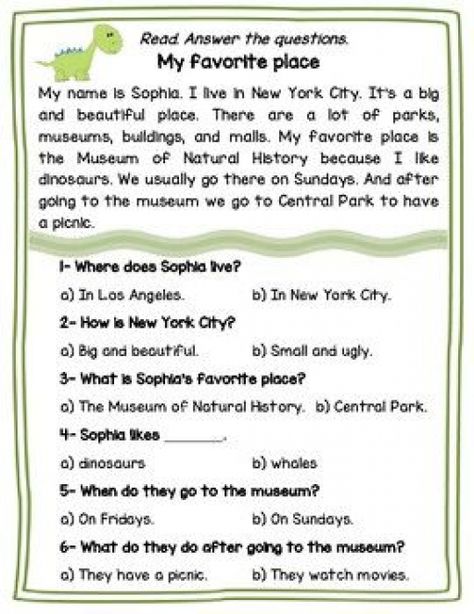
For example:
Scythe (agricultural implement) - Scythe (braided hair).
Or:
Souls (the inner world of a person) - Souls (deprivation of the ability to breathe).
Task: write 3 pairs of homonyms.
______________________________________________
______________________________________________
______________________________________________
6. One-root (absorbing) rhyme is a basic rhyme with the same word root.
For example:
Light - race light ;
treat treat ;
left - under went .
Task: come up with 3 pairs of single-root rhymes:
______________________________________________
______________________________________________
______________________________________________
7.
Grammar rhyme is the consonance of suffixes and endings.
For example:
... But still hopes are the angle YOK ,
when the knock of wheels froze Cuppes ,
that maybe the lights ,
and the heart in response, and the heart, in response, was paid off in response to the heart. share you! - Russian share w é nskaya!
Hardly harder to find.
No wonder that you wither until é me,
All enduring Russian pl é me
Long-suffering mother!
(N. Nekrasov)
0003
______________________________________________
10. Masculine rhymes are rhymed words ending in a stressed syllable.
Male rhymes are divided into two types:
10.1. Open male rhyme is a rhyme ending in a vowel at the end.
Example:
Window o - old o .
Task: write two pairs of open male rhymes:
______________________________________________
______________________________________________
10.2. Closed male rhyme is a rhyme ending in a consonant.
For example:
Ox to - default to ;
two - beast .
Task: write two pairs of closed male rhymes:
______________________________________________
______________________________________________
11. Feminine rhyme is a rhyme with an accent on the penultimate syllable.
For example:
Again Altai st é pi —
Bird whistling ts é pi,
Pegs - birch art é, li .
Paths - plexus art é ri..
(S. Podelkov) mayor:
If the wife goes to the store
Says: “Look, don’t buy something .”
The shop should give me nothing.
(D. Minaev)
Task: Come up with at least one composite rhyme:
______________________________________________
Rhyme - this is a rhyme located at the beginning of the rhymeing structures, which is the first word. It is used to enhance the expressiveness of the poem.For example:
bread I swear and water,
sky I swear and star,
I swear by the old mother
and the life of my young, that I am the sisted of fire
The evil shadow of treachery
Will never touch me!
By blood I swear by misfortune,
By love I swear and enmity,
The old mother of the old swear by
and the life of my young,
that I will become the quieter Snow,
The silence of the night shores
and the secret awarded to me
900 900 900 900 900 …
(E.Blaginina)
Task: write a quatrain using the initial rhyme:
______________________________________________
______________________________________________
______________________________________________
______________________________________________
14. Non-equisyllabic rhyme is a rhyme with a different number of post-stressed syllables.
Non-equisyllabic rhymes are divided into two types:
14.1. Rhyme with an added syllable at the end of is when one of the rhyming words has more syllables.
For example:
Many (2 syllables) - many e (3 syllables).
Task: come up with 3 pairs of rhymes with an added syllable at the end. Read the book “How to read cards together. Workbook-practical work. For Beginner Tarot Readers" online completely 📖 - Juliet - MyBook.
© Julieta, 2022
ISBN 978-5-0056-2802-2
Created by Ridero Intelligent Publishing System
Introduction
This diary will help novice tarot readers learn how to interpret the meanings of several cards, combining the resulting meanings together.
Do not ask questions to other tarologists, but what happens and how to read everything that fell out?
After all, the most popular question in groups and communities is how to interpret the layout. Most beginner tarologists memorize the only meaning of the cards, not understanding how to refract it to other life situations, not understanding that there is depth behind each card, and not just one single word, and when you need to read several cards, there is a stupor in general.
What difficulties do I see when reading maps?
1. Misunderstanding of the templates of ready-made spreads
Any layout is taken from the Internet, but it is absolutely incomprehensible what the author puts there, what is hidden behind the question and how to decipher it.
2. Lack of knowledge on how to read the card
One single meaning of the card is remembered, which is drawn to any situation, but it is not clear what happens in the end.
3.
Wrong questions, no specifics
The question is formulated in a very ornate way, for example, “what blind spot did I bring from my past life”, “through what does the sun express itself in my life”. It is absolutely not clear what is at stake. What is a blind spot? What are past lives? And through what can the sun express itself? What role does the author put in the concept of the sun? Is it astrology? And talents, self-esteem? Or is it a joy, because the sun is about this for many people?
4. Poorly formed synthesis skill
It's generally difficult for you to combine many moments together. This is the question I will try to solve with the help of this workshop.
A little theory about the tarot system
All decks can be divided into oracle and classic tarot decks. In classic decks, there are 22 major arcana and 56 minor ones. The minor arcana are divided into suits: swords, pentacles, wands, cups or goblets. Often, when working with tarot cards, novice tarologists do not take into account the suits of the cards and do not impose their meanings on the layout, but instead try to remember one single interpretation.
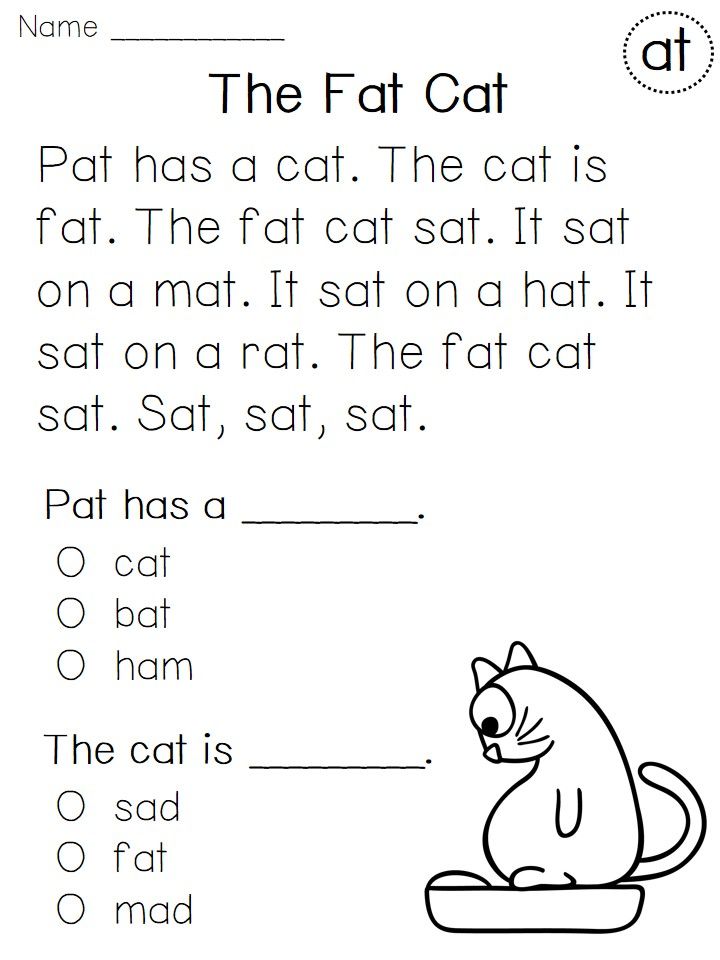
What do the suits hide?
Swords correspond to the elements of air. Air symbolizes a highly developed intellect, a propensity to learn, flexibility, high adaptation to environmental conditions, a craving for research, a slight emotional coldness, or a surface in communication, the need to constantly be on the move, to travel.
Pentacles correspond to the elements of earth. This is the entire material sphere that can be touched. These are stability, hoarding, pragmatism, obsession with small details, slowness, routine.
Wands - fire. These are active actions, impulsiveness, energy for any actions and undertakings, this is movement, optimism, but in large quantities - aggression.
Cups match water. These are emotions, feelings, care, empathy, intuition, creativity, sincerity, daydreaming, and sometimes vulnerability.
In addition to the suits, there are numbers on the cards. Cards have their development from 1-10.
From each number you can also get additional information.
1- beginning of action, process.
2-duality, opposites.
3 new possibilities.
4- stagnation or stability.
5- conflicts, crises.
6 - a new level of comfort.
7-instability.
8- transformation.
9 - the peak of the development of the situation.
10-completion, entering a new level.
Already at this stage, using only this information, you can combine the value of the suit and the number and get your first developments. From this we will begin to practice.
Start of practice
How to use this workshop?
It is better, of course, that you have it in printed form. But if you are reading this book in electronic form, then get yourself a separate notebook where you will write down all the tasks.
Here you will find practical tasks for each day. You can do them both in one day, and split these tasks into two days.
But, I do NOT recommend doing 2-3 days of assignments in one day.
This breakdown of tasks is designed specifically to develop a habit, and not to do everything in one day.
____________________________________________________________________________
________________________________________________________________________
____________________________________________________________________________
____________________________________________________________________________
____________________________________________________________________________
Give an example of a person you know (friend, work colleague, neighbor, etc.)0003
____________________________________________________________________________
____________________________________________________________________________
____________________________________________________________________________
____________________________________________________________________________
____________________________________________________________________________
____________________________________________________________________________
For example, the "Snow Queen" is a bright representative of the suit.
She is very intellectually developed, thinks everything in advance, is cold in communication, constantly moving somewhere.
Or, the host of the "Weak Link" program is a typical sword lady.
Task 2.
And now, it's time to combine the digital values of the cards with the value of the sword suit. How to do it?
Formula: process + circumstances, conditions, direction.
(The number is responsible for the process, the suit is for the direction.)
Let's try together, take the main meaning of the suit: intelligence, learning, adaptation, emotional coldness.
We add the main description of a unit or an ace - the beginning of an action, a process.
We combine and get - the beginning of reflection, the beginning of communication, the beginning of emotional coldness, (freezing something, in Russian), the beginning of learning.
Your additions to the Ace of Swords:
____________________________________________________________________________
____________________________________________________________________________
____________________________________________________________________________
____________________________________________________________________________
____________________________________________________________________________
____________________________________________________________________________
____________________________________________________________________________
____________________________________________________________________________
____________________________________________________________________________
____________________________________________________________________________
____________________________________________________________________________
____________________________________________________________________________
____________________________________________________________________________
____________________________________________________________________________
________________________________________________________________________
____________________________________________________________________________
____________________________________________________________________________
Consider the following card: 2- duality, opposites.
Combine it with the suit of swords and get opposite points of view, dual knowledge, conflicting information (we expand intelligence a little, as you understand), duality in communication, opposite emotions in communication (they are also a swing, they are also an intrapersonal conflict), etc.
Your additions for the two of swords:
____________________________________________________________________________
____________________________________________________________________________
______________________________________________________________________________
____________________________________________________________________________
____________________________________________________________________________3 90_______________________________________________________________ 90______________________________________________________________30003
____________________________________________________________________________
____________________________________________________________________________
____________________________________________________________________________
____________________________________________________________________________
____________________________________________________________________________
____________________________________________________________________________
____________________________________________________________________________
________________________________________________________________________
____________________________________________________________________________
____________________________________________________________________________
____________________________________________________________________________
3- new opportunities
I combine: new opportunities in learning, new views on what is happening, new sources of information, new vision, new unpleasant emotions, adaptation to new horizons, etc.
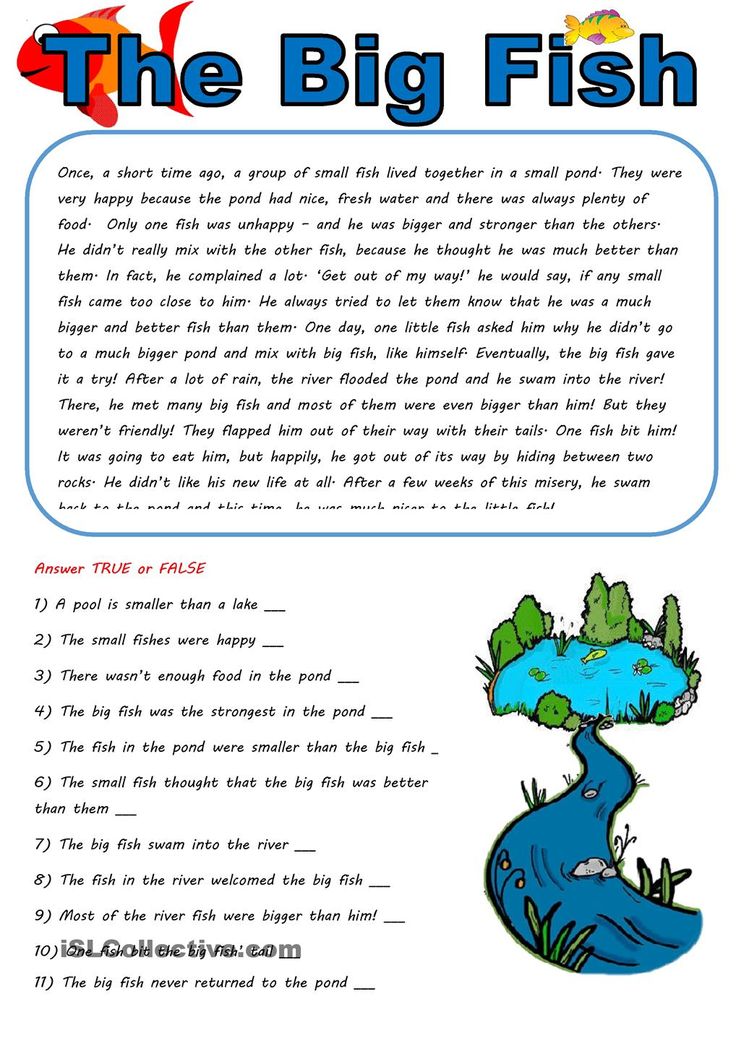
Your additions to the Three of Swords:
____________________________________________________________________________
____________________________________________________________________________
____________________________________________________________________________
____________________________________________________________________________
____________________________________________________________________________
____________________________________________________________________________
____________________________________________________________________________
____________________________________________________________________________
____________________________________________________________________________
____________________________________________________________________________
____________________________________________________________________________
____________________________________________________________________________
____________________________________________________________________________
____________________________________________________________________________
____________________________________________________________________________
____________________________________________________________________________
________________________________________________________________________
Your view of the 4 swords (stagnation or stability.

Learn more


